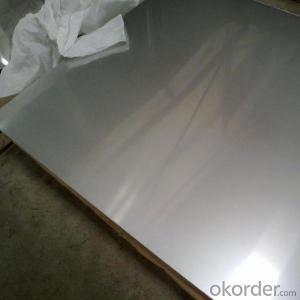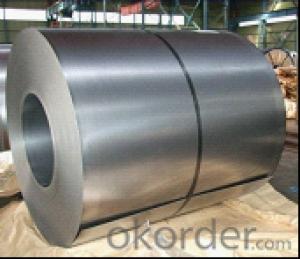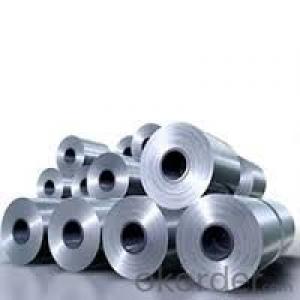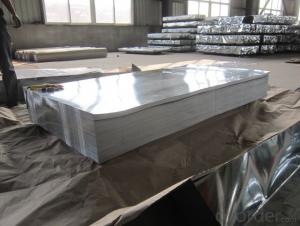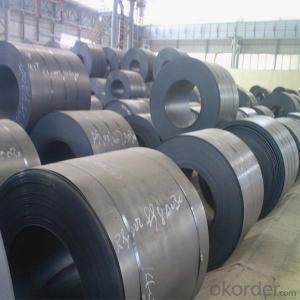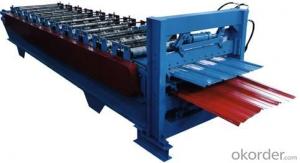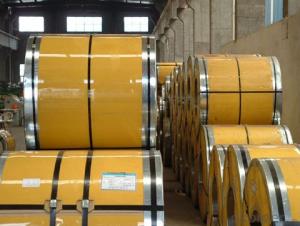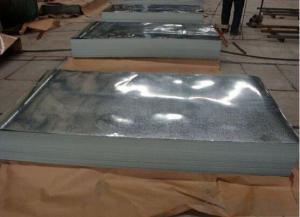Hot Rolled Plate Steel Cheap Price Good Quanlity
- Loading Port:
- Tianjin
- Payment Terms:
- TT OR LC
- Min Order Qty:
- 20 m.t.
- Supply Capability:
- 10000 m.t./month
OKorder Service Pledge
OKorder Financial Service
You Might Also Like
Specification
DESCRIPTION:
GRADE: SS400, ASTM A36, A572, ST37,ST52, Q195, Q215, Q235,Q345, S235JR etc.
STANDARD: GB/T709-2006, ASTM A36, JIS G3101, DIN EN 10025, SAE 1045, ASTM A570
SPEC: 1)Width: 600-2500mm or 1000,1050,1250,1500,1800,2000mm
2)Thickness:1.5mm-200mm or as customers’ special requirements;
3)Length: 2-12m or as customers’ special requirements
PACKING:
1.Big thickness:by bulk vessel
2.Small thickness:packed by steel strips and shipped by container
3.According to the requirements of customers'
TRADE TERMS :FOB, CFR, CIF
DETAILED PICTURES FOR STEEL COILS
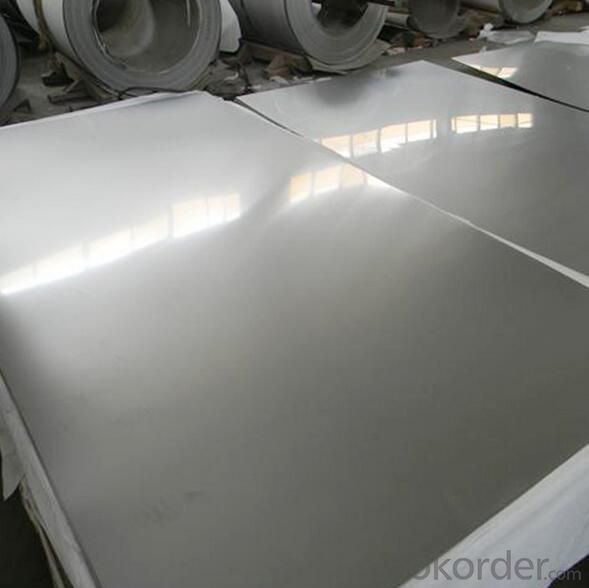

FAQ:
Q:Do you have OEM service?
A: Yes.Variety of products size,quality and quantity can be customized according to your need.
Q:Could you support free sample?
A:Yes.We can supply FREE samples.But the delivery charges will be covered by our customers.
Q:How about the delivery time?
A:Within 15-30days after receiving the deposit or L/C at sight.
- Q: Can steel sheets be used for manufacturing sporting equipment?
- Yes, steel sheets can be used for manufacturing certain types of sporting equipment like hockey sticks, baseball bats, and golf club heads. However, they may not be suitable for all types of sporting equipment due to their weight and rigidity.
- Q: What is the average cost of steel sheets per square foot?
- The average cost of steel sheets per square foot can vary depending on factors such as thickness, quality, and market conditions. It is recommended to contact suppliers or conduct research to get the most accurate and up-to-date pricing information.
- Q: How do you repair damaged steel sheets?
- To repair damaged steel sheets, the first step is to clean the area thoroughly, removing any dirt, rust, or debris. Then, using a grinder or sandpaper, smooth out the damaged area until the surface is even. Next, apply a suitable metal primer to the repaired area and let it dry. Finally, use a steel filler or epoxy putty to fill in any remaining gaps or imperfections. Once the filler is dry, sand it down to ensure a smooth finish, and paint the repaired area to match the surrounding steel sheets.
- Q: How do you measure the thickness of steel sheets?
- The thickness of steel sheets can be measured using a tool called a micrometer or a caliper. These tools have a measuring scale or a digital display that allows you to accurately determine the thickness of the steel sheet by placing the tool on top of it and closing the jaws until they firmly grip the sheet. The measurement displayed on the tool will indicate the thickness of the steel sheet in millimeters or inches.
- Q: What is the process of etching designs on steel sheets?
- The process of etching designs on steel sheets involves applying a protective layer, known as a resist, on the surface of the steel. The resist is then selectively removed to expose the desired design. Next, the steel sheet is immersed in an acid solution that gradually etches away the exposed areas, creating the desired design. The depth and intricacy of the etching can be controlled by adjusting the duration of the immersion. Finally, the remaining resist is removed, leaving behind a beautifully etched design on the steel sheet.
- Q: Can steel sheets be used for modular furniture?
- Yes, steel sheets can be used for modular furniture. Steel is a versatile and durable material that can be easily shaped and formed into various furniture designs. It offers strength and stability, making it suitable for creating modular furniture pieces that can be easily assembled, disassembled, and reconfigured. Additionally, steel sheets can be finished with different coatings or paints to enhance their aesthetic appeal and protect against corrosion.
- Q: What are the different grades of steel sheets available?
- There are several different grades of steel sheets available, including mild steel, stainless steel, galvanized steel, high-strength low-alloy (HSLA) steel, and carbon steel. Each grade has unique properties and is suitable for various applications in industries such as construction, automotive, and manufacturing.
- Q: Are the steel sheets easy to install?
- Yes, steel sheets are relatively easy to install due to their lightweight nature and modular design. They can be easily maneuvered and fastened into place, making the installation process efficient and straightforward.
- Q: Can the steel sheets be used as a magnetic surface?
- Indeed, the use of steel sheets as a magnetic surface is possible. Steel, being a ferromagnetic material, possesses the ability to be magnetized and maintain its magnetism even when the magnet is no longer present. This characteristic enables steel sheets to attract and secure magnetic items. In numerous scenarios, steel sheets are widely employed as magnetic surfaces, including magnetic boards, magnetic whiteboards, and magnetic organizers. By employing magnets, it becomes effortless to affix notes, documents, and additional magnetic objects onto steel sheets, rendering them a practical and adaptable means of organization and exhibition.
- Q: Are steel sheets suitable for high-temperature insulation?
- No, steel sheets are not suitable for high-temperature insulation as they conduct heat and are unable to provide adequate thermal resistance.
Send your message to us
Hot Rolled Plate Steel Cheap Price Good Quanlity
- Loading Port:
- Tianjin
- Payment Terms:
- TT OR LC
- Min Order Qty:
- 20 m.t.
- Supply Capability:
- 10000 m.t./month
OKorder Service Pledge
OKorder Financial Service
Similar products
Hot products
Hot Searches
Related keywords
